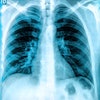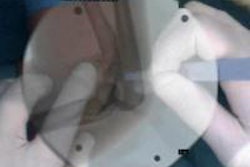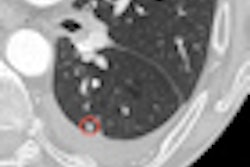
In Greece, a three-year teleradiology-based training project that started in January 2011 is already getting positive reviews from clinical colleagues, delegates heard during the teleradiology and e-learning session at the Computer Assisted Radiology and Surgery (CARS) congress in Pisa, Italy.
The vascular medicine training application was developed jointly by the department of electronic and computer engineering at the Technical University of Crete (TUC) in Chania and the vascular surgery unit in the department of surgery at the University Hospital of Ioannina. It forms part of the framework of the RT3S project (FP7-ICT-2009 Project RT3S: Real Time Simulation for Safer vascular Stenting, Grant aggreement-248801) that aims to transform the planning of endovascular procedures to treat peripheral arterial disease.
Teleradiology as well as e-learning applications have gained greater acknowledgment in Greece over the last decade and are still under development, according to Antonis Sakellarios, a biomedical engineer in the department of electronic and computer engineering at the TUC.
"There is increased need to demonstrate the benefits of the system in a complicated environment such as the clinical one," he said.
After discussions with clinical professionals, the co-creators of the application realized that there was a need for a truly interactive training application, with exciting content from both technical and theoretical perspectives. Described by its creators as "a novel tool for designing, managing, and delivering online collaborative learning activities based upon the latest e-learning standards," the system provides tutors with a highly intuitive visual authoring environment for creating training scenario sequences of increasing difficulty that can address different users for a range of educational objectives.
Through a video presentation, delegates witnessed how vascular medicine experts can prepare educational and training content for medical students and trainee endovascular surgeons, and saw how the application offers tutors -- themselves experienced surgeons -- a distance learning solution for training and testing their students with minimal costs in terms of time and budget.
','dvPres', 'clsTopBtn', 'true' );" >
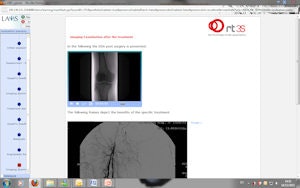
Click images to enlarge.
The application will help endovascular surgeons to become more familiar with cases, prepare themselves for taking decisions for their patients, and improve their skills in vascular medicine, according to Antonis Sakellarios. Examples of the system's user interface are shown. Images courtesy of the Technical University of Crete Department of Electronic and Computer Engineering in Chania, Greece.
','dvPres', 'clsTopBtn', 'true' );" >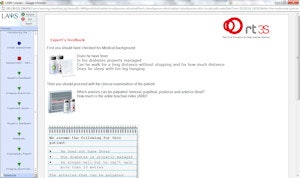
Learning activities range from individual tasks and small-group work to class activities. Future surgeons can access and process real patient data, mainly the imaging examinations available, assess the condition as a whole, and, finally, take the important decisions of whether to surgically treat the patient or not, choosing a surgical intervention method from those suggested for each "training scenario." The application will also reveal the effect on a patient's health in the case of a wrong treatment decision. For different training purposes, the application can include engineering simulation for stent design and cardiovascular devices, and help users to understand concepts such us modeling and simulation, as well as their utility and significance.
Almost halfway through the project, the results of expert analysis about the value of the application are very encouraging, Sakellarios said. In addition, a panel of experts envisages clear benefits from the use of such an application in both a clinical and educational environment.
"The RT3S application will be a complete medical training application oriented at medical students and endovascular surgeons to become more familiar with various cases, prepare themselves for taking decisions for their patients, and improve their skills in vascular medicine," he noted. "It aims to support and improve conventional training procedures by providing an application that can be easily customized to the needs of the trainee and the tutor."
An in-depth analysis of user needs is under way after the first trial version of the training application was launched in March 2012, which will reveal improvements that need to be made in various aspects of system development. In parallel, the system's designers have initiated the procedure for acquiring real patient and stent data from other partners in the project.
"Using real data would not only enhance the quality of training material but also increase the use of the application among a wider audience," he said. "Furthermore, we are working on facilitating the crafting of new learning scenarios, or editing existing ones, by medical professionals."

